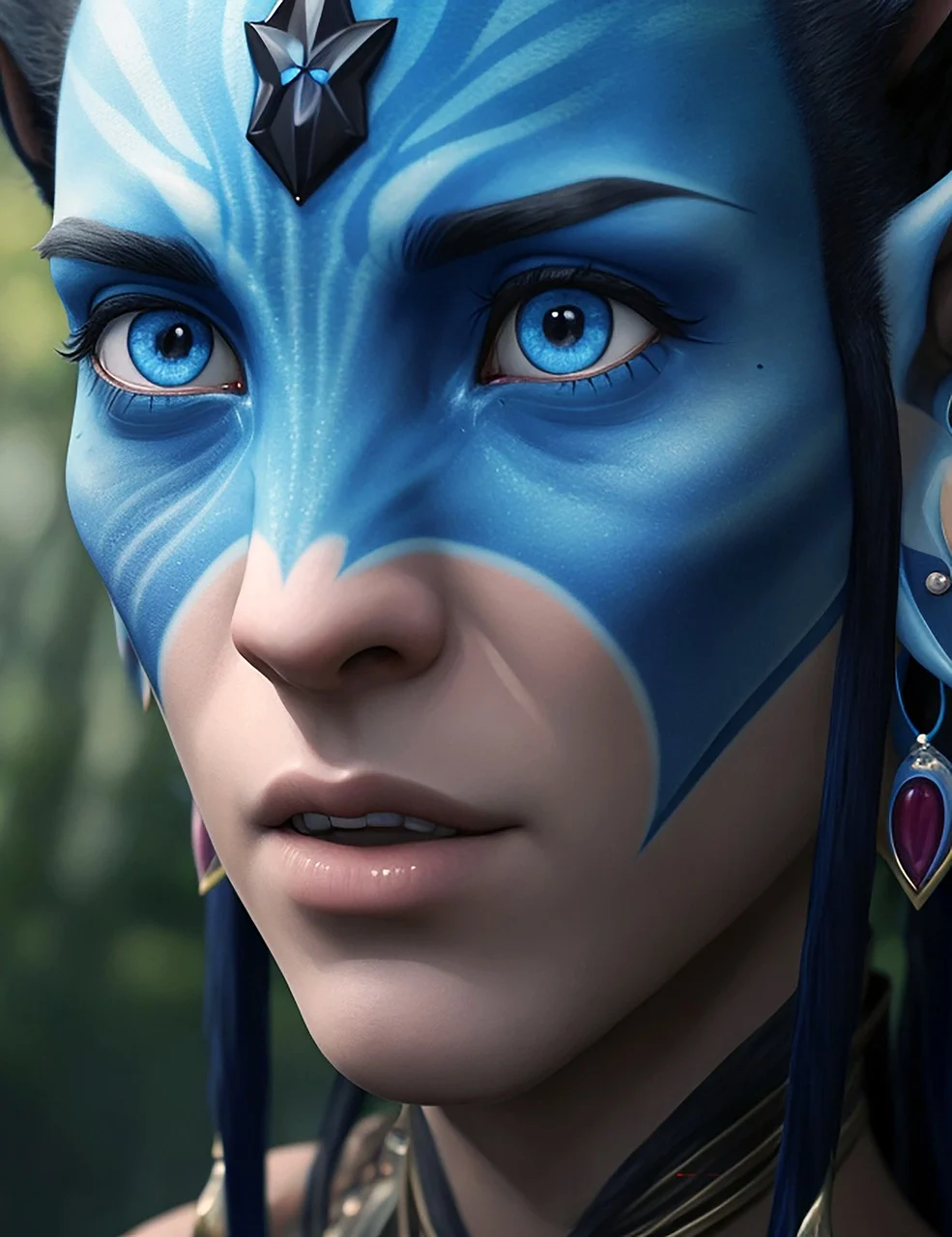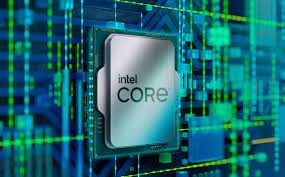Science fiction movies have long captivated audiences with their imaginative depictions of futuristic technologies and societies. While many of these concepts seemed far-fetched at the time, it is astonishing to see how some sci-fi movies have accurately anticipated technological advancements that we now take for granted. In this article, we will explore a selection of science fiction films that successfully predicted aspects of our current technology landscape. From communication devices to artificial intelligence, these movies offer glimpses into the future that have become reality.
As an intern at Tixel, a cutting-edge ticket resale platform, my fascination with technology has been growing exponentially. Working in the tech industry has exposed me to a myriad of innovative ideas and advancements that constantly push the boundaries of what is possible. One area that particularly captures my attention is the intersection between technology and science fiction. The way in which science fiction films have envisioned the future of technology is not only captivating but also surprisingly accurate in many instances. It is awe-inspiring to witness how the imaginative creations of filmmakers have influenced and even inspired the development of real-world technologies we now rely on.
“Blade Runner” (1982): Artificial Intelligence and Humanoid Robots
Ridley Scott’s “Blade Runner” painted a dystopian future where artificial intelligence (AI) had advanced to the point where replicants, human-like androids, existed among humans. Today, we witness the proliferation of AI-powered technologies in various forms, from voice assistants like Siri and Alexa to advanced robotics in manufacturing and healthcare. While we haven’t reached the level of human-like replicants, the film’s exploration of AI’s potential and ethical implications resonates strongly in our current discussions about AI ethics and regulation.
“Minority Report” (2002): Gesture-Based Interfaces and Predictive Analytics
Steven Spielberg’s “Minority Report” introduced viewers to a world where gesture-based interfaces and predictive analytics played a central role in crime prevention. Today, we see similar technologies in the form of touchscreens, motion sensors, and facial recognition systems. Gesture-based interfaces are integrated into our smartphones and gaming consoles, while predictive analytics algorithms are used in various industries, from e-commerce to financial services. The film’s vision of personalized advertising and targeted marketing also aligns with our current digital advertising landscape.
“The Matrix” (1999): Virtual Reality and Simulation
“The Matrix” directed by the Wachowskis presented a dystopian world where humans were unknowingly trapped in a simulated reality. While our current reality is not a hyper-realistic simulation, the film tapped into the concept of virtual reality (VR) and its potential to create immersive digital experiences. Today, VR has become a burgeoning industry, offering interactive gaming, training simulations, and even therapeutic applications. Though we haven’t reached the level of complete simulation portrayed in the film, “The Matrix” sparked conversations about the nature of reality and the possibilities of VR technology.
“Back to the Future Part II” (1989): Video Calling and Wearable Technology
“Back to the Future Part II” directed by Robert Zemeckis depicted a future with video calling and wearable technology. Today, video calls have become an integral part of our communication with tools like Skype, Zoom, and FaceTime connecting people around the globe. Additionally, the film showcased characters wearing smart glasses and wrist-worn devices, resembling the emergence of wearable technology such as smartwatches and augmented reality glasses.
“Her” (2013): AI Personal Assistants and Natural Language Processing
Spike Jonze’s “Her” envisioned a future where an AI-powered virtual assistant, Samantha, had complex conversations with the protagonist and developed emotional connections. While our current AI assistants are not as sophisticated, films like “Her” foreshadowed the rise of AI personal assistants like Siri, Google Assistant, and Amazon’s Alexa. These assistants leverage natural language processing and machine learning to understand and respond to human queries, marking significant advancements in human-computer interaction.
Science fiction movies have proven to be more than just entertainment; they have sometimes served as a glimpse into our technological future. From AI and robotics to virtual reality and wearable tech, these films have accurately predicted several aspects of our tech landscape today. While not every sci-fi prediction has come to fruition, these cinematic visions continue to inspire and spark our imagination, pushing the boundaries of what is possible. They remind us of the transformative power of technology and the potential impact it can have on our lives.
It’s fascinating to witness how these films, created by visionary storytellers, have influenced the trajectory of technological development. They have inspired scientists, engineers, and innovators to bring these once fictional concepts to life. Additionally, these movies have shaped our collective consciousness, influencing how we perceive and interact with technology.
In conclusion, science fiction movies have proven to be remarkably prescient in predicting certain aspects of our current technology landscape. From AI and virtual reality to wearable tech and advanced communication systems, these films have sparked our collective imagination and shaped the trajectory of technological development. While not all predictions have materialized, these cinematic visions continue to inspire innovation and drive us towards a future where the line between science fiction and reality becomes increasingly blurred. So, the next time you watch a sci-fi movie, pay attention to the technological concepts it presents—you never know which ones may become the next breakthrough in our world.







